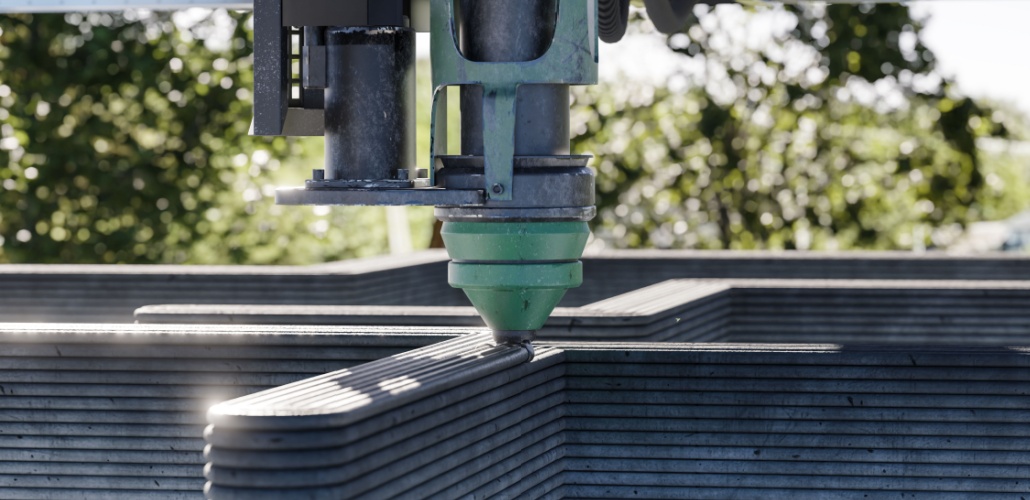National Grid trials 3D-printed substation foundations in UK
National Grid partners with Hyperion Robotics to test low-carbon 3D-printed substation foundations, targeting cost and emissions reductions.

Image for illustrative purposes
UK: National Grid is set to trial 3D-printed concrete foundations for substations in a UK-first initiative aimed at reducing carbon emissions, material use, and costs. The trial will be conducted at the Deeside Centre for Innovation in North Wales, with foundations designed by Finnish startup Hyperion Robotics and tested in collaboration with the University of Sheffield.
The innovative foundation design promises significant environmental and operational benefits: 70 % less concrete, 80 % reduced soil displacement, 65 % lower embodied carbon, and 50 % fewer site hours. These reductions could save 705 t of concrete, 323 t of CO₂, and $2.3 M (£1.7 M) in consumer costs over a decade if implemented across National Grid’s network.
The components will be manufactured in Finland and tested at full scale by the University of Sheffield before field trials begin in late 2025.
Funded by Ofgem’s Network Innovation Allowance, the project supports the long-term goal of decarbonizing grid infrastructure. Dr. Muhammad Shaban of National Grid said the project is a “real step forward” toward sustainable construction and aligns with the company’s broader climate goals.
The trial highlights how digital construction and automation can lead to faster, greener, and more efficient energy infrastructure, potentially setting a new standard across the utility sector.
Source: Construction Management
#3D-printed substation foundations#decarbonization#Deeside Centre for Innovation#Dr. Muhammad Shaban#Hyperion Robotics#National Grid#Network Innovation Allowance#Ofgem#UK#University of Sheffield





